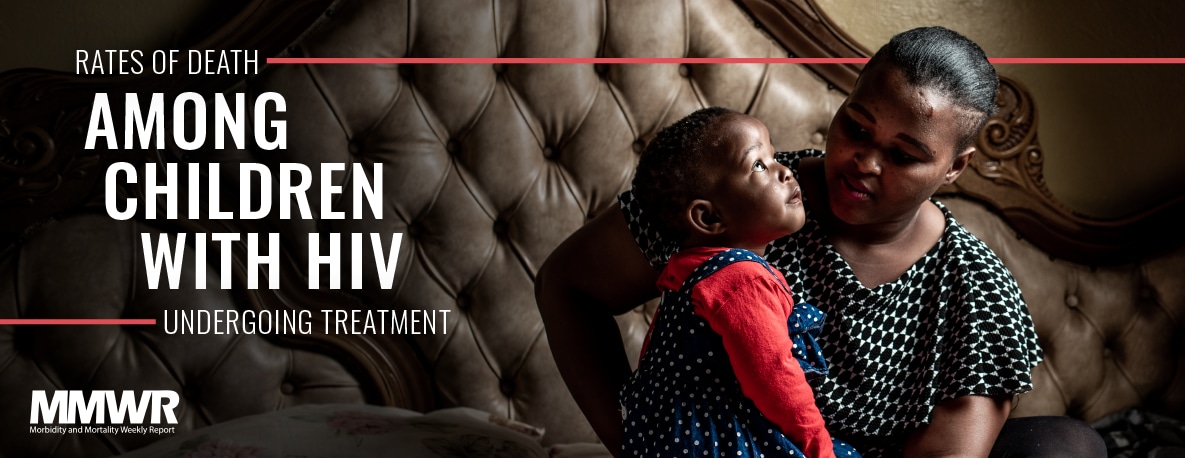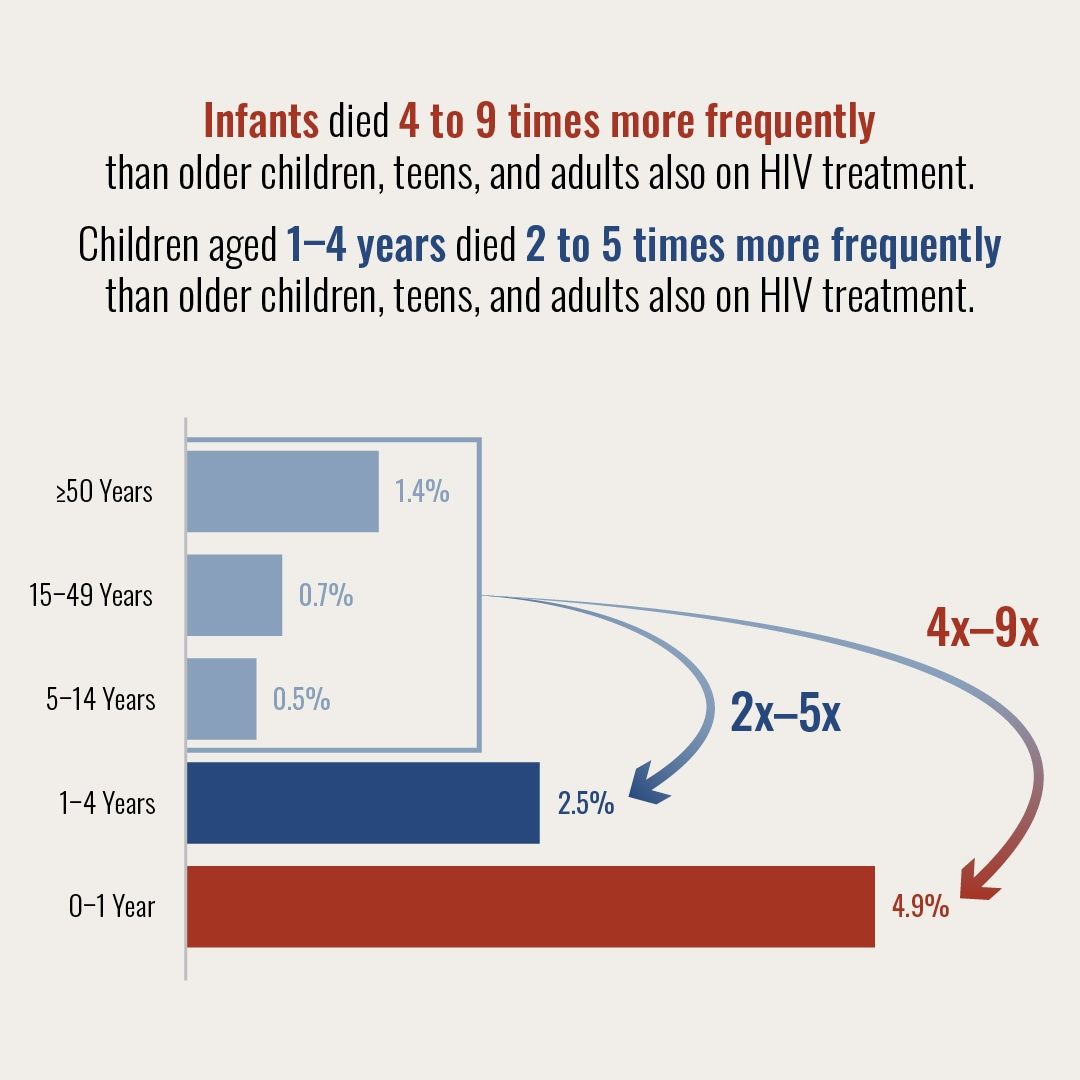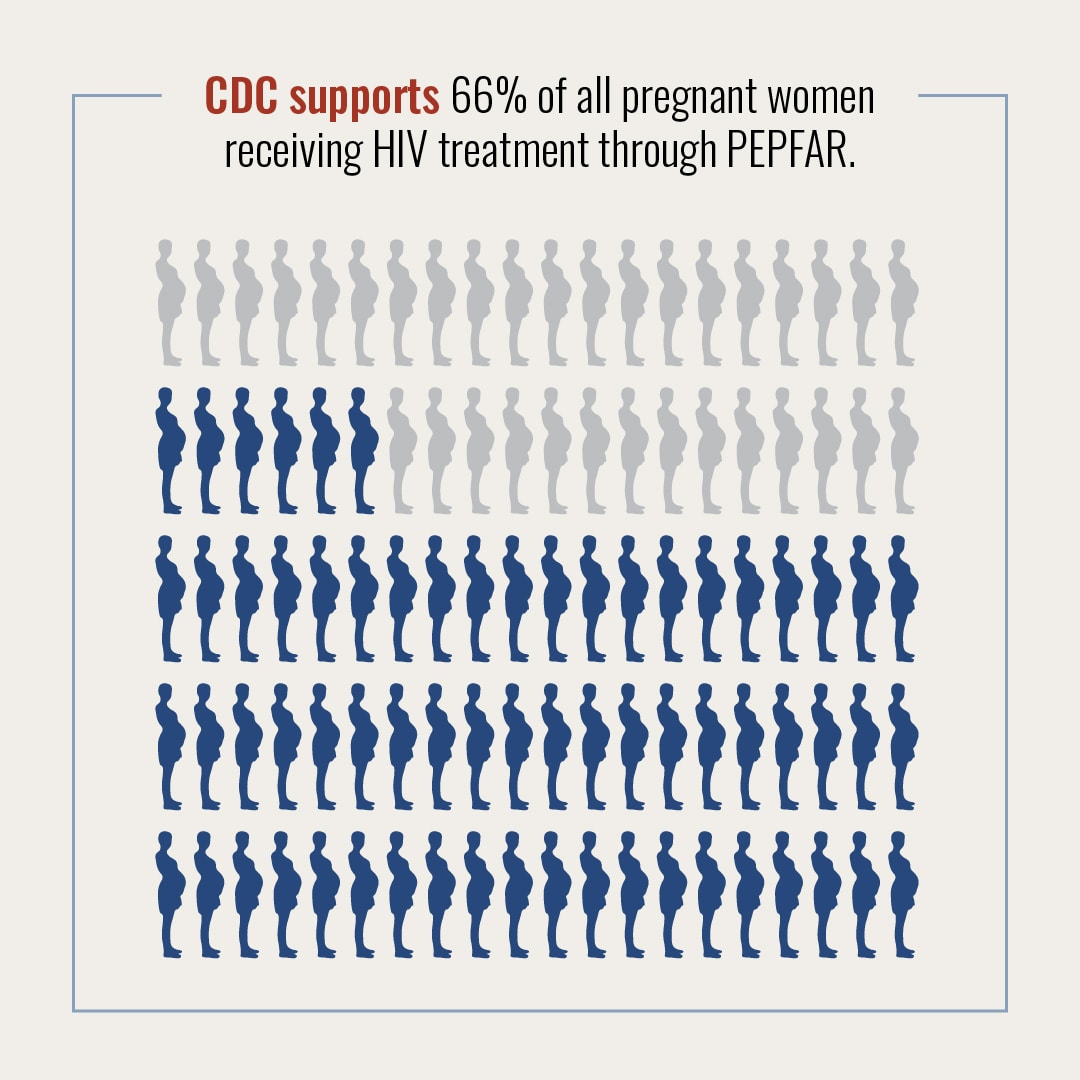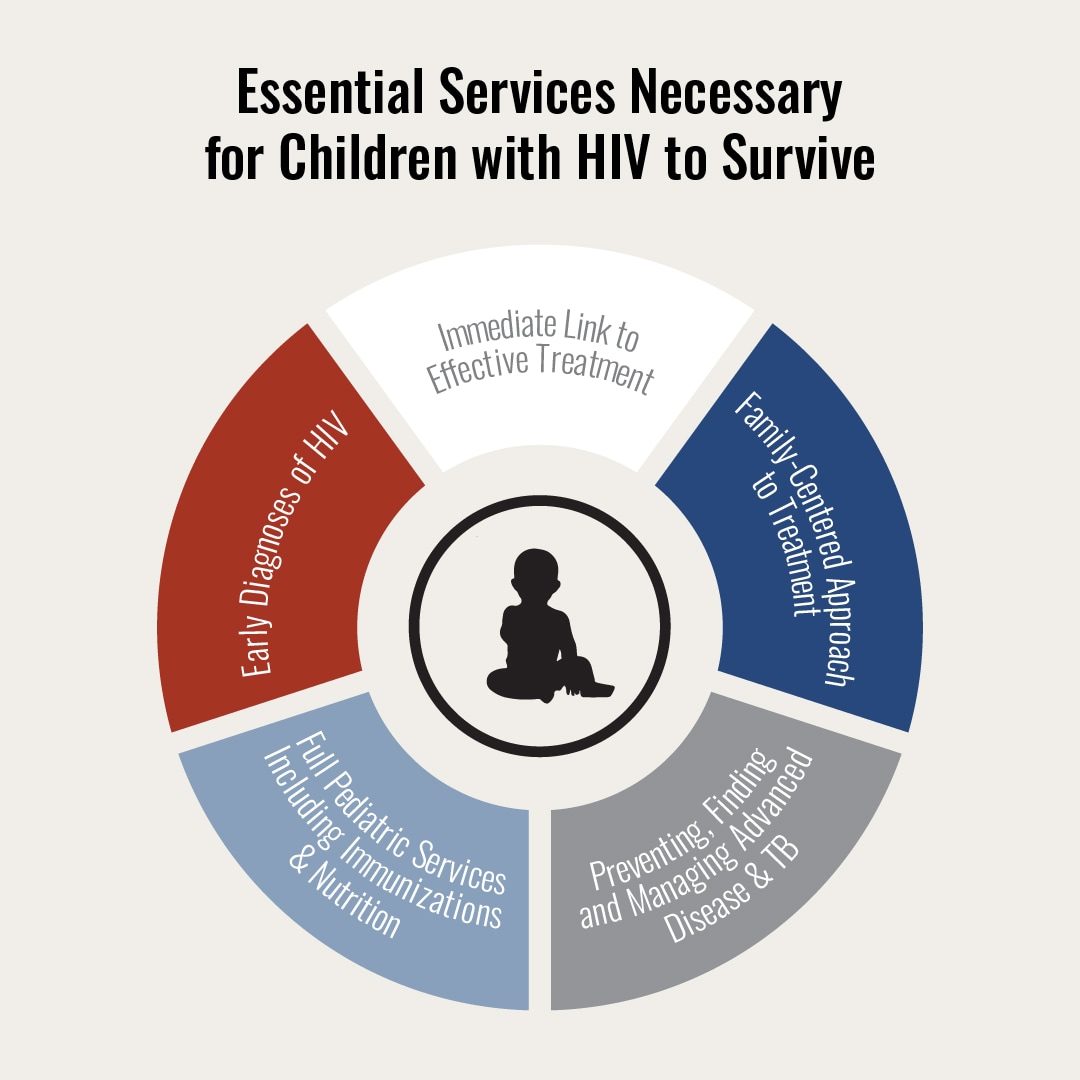New Report Finds High Death Rates Among Children Living with HIV on Treatment

The Overview

A new study published in November in CDC’s Morbidity and Mortality Weekly Report (MMWR) reveals troubling disparities between children living with HIV on antiretroviral treatment and their older counterparts. In fact, the study from 28 countries showed that across all sites supported by the U.S. President’s Emergency Plan for AIDS Relief (PEPFAR) from October 2020 to September 2022, deaths among children under five with HIV were two to nine times more common than among older children, teens, and adults also on HIV treatment. The study also found that children may have been more likely to fall out of treatment than older people living with HIV and had greater difficulties achieving viral suppression or keeping their virus under control.
The authors suggest that possible drivers for the disparity in mortality among young children with HIV compared to older individuals might include the following:
- Many young children with HIV are diagnosed too late and begin treatment when they are already very sick, and their immune system isn’t working as well as it should to protect them from infections.
- Children younger than 5 with HIV often have a hard time achieving control (or suppression) of their HIV which puts them at greater risk for death.
- Many of the leading causes of death (such as pneumonia, other bacterial illnesses, malnutrition, and malaria) in these young children without HIV are likely similar for children under 5 who have HIV.
The authors believe more data and studies are needed to better understand these causes and risk factors for death among children living with HIV on treatment.
To help save the lives of children with HIV, the authors recommend child-centered approaches including effective and consistent HIV care and treatment and timely pediatric services.
The Impact

New CDC report: Children under five with HIV die more frequently compared to older individuals despite treatment.
CDC is leading efforts to address HIV among children and babies.
Protecting the Next Generation

As a result of her adherence to HIV Treatment, today Nontokozo is healthy and her baby was born and remains HIV-free. Photo by: Thom Pierce 2018

Nontokozo remembers when, at 24, and just four months pregnant with her first child, she learned she was HIV-positive. “I was so afraid,” she recalls. “Terrified that I would get sick and that my baby would not survive.” At Taylors Halt Clinic in the Vulindlela sub-district of Kwazulu-Natal where she lives, the staff there told her there could be another outcome –one in which she could stay healthy and also protect her unborn child from infection. They counseled her to immediately start and stay on HIV anti-retroviral medicine. In May 2018, Nontokozo—who is healthy—gave birth to a beautiful baby girl, Ziyanda. She is HIV-free.
The Path Forward

Globally, children 0-14 years old account for 4% (3.8%) of all people living with HIV, 10% of new annual HIV infections, and 13% of all AIDS-related deaths. Although there have been major improvements in pediatric HIV testing, locating undiagnosed HIV-positive children remains a major challenge. Of the 1.5 million children living with HIV in 2022, less than 60% (57%) were on treatment compared to nearly 80% (77%) of older populations living with HIV who were on treatment.
These data confirm that even while on treatment, children with HIV face far worse outcomes compared to older populations receiving similar HIV treatment.
At CDC, addressing HIV among children is a key priority. CDC has been a crucial part of PEPFAR’s efforts since 2003 to prevent HIV transmission from mothers to their children and to address HIV/AIDS in children. CDC is also on the frontlines of efforts to roll out new, affordable, very effective HIV treatments for children with HIV, which are also less likely to cause harmful side effects.
While we have made progress against HIV, including among children, our work is far from done. We cannot forget about the young children around the world living with and dying from HIV. Addressing these challenges, head-on, is crucial to ultimately ending HIV as a global public health threat.


